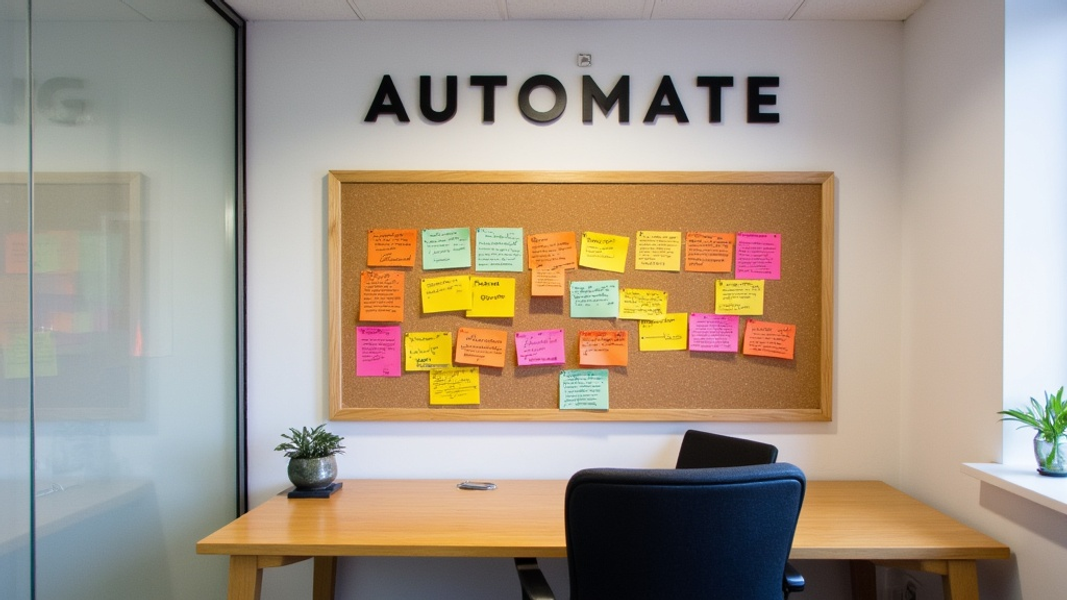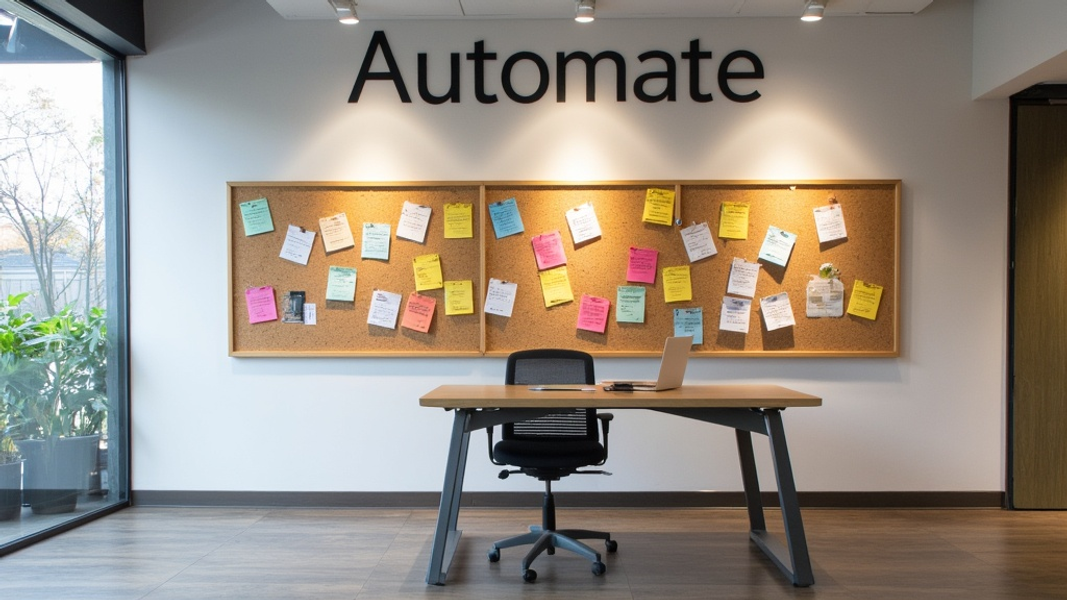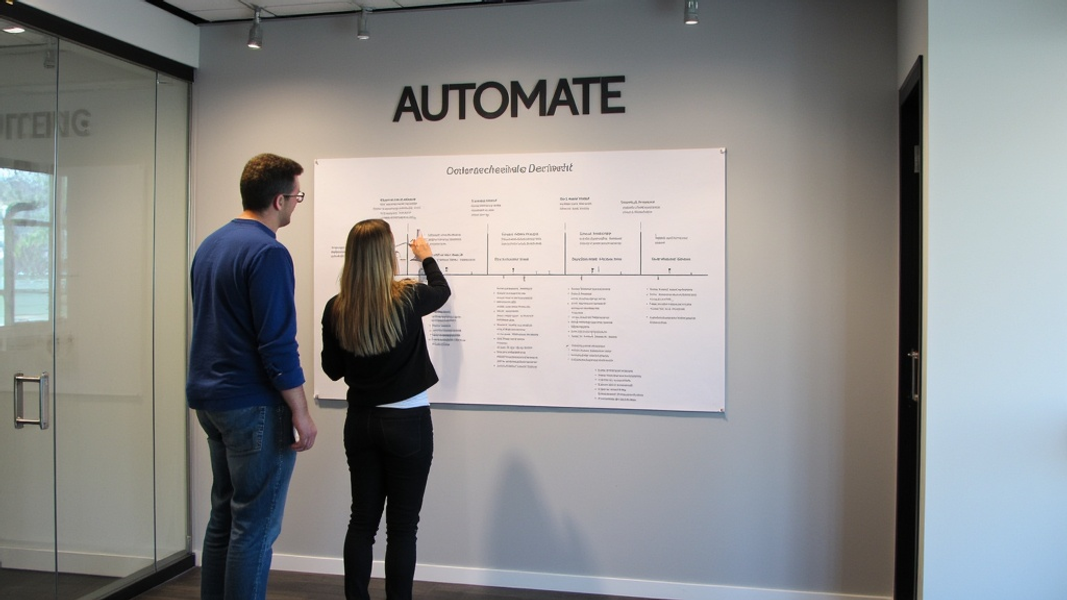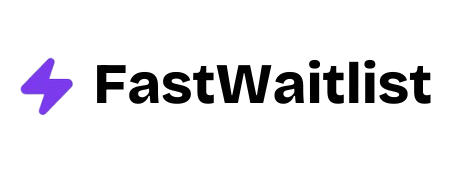
Did you know that 75% of marketers use at least one type of marketing automation tool? This guide will explore the best SaaS marketing automation tools and strategies to streamline your marketing efforts and boost ROI.
Understanding SaaS Marketing Automation
SaaS marketing automation uses software to handle repetitive marketing tasks. It's a game-changer for businesses looking to save time and improve their marketing results.
What is SaaS Marketing Automation?
SaaS marketing automation is the use of software to automate marketing activities. This can include email campaigns, social media posts, and ad management. The goal is to make marketing more efficient and effective.
Businesses benefit from marketing automation in several ways. It saves time by handling routine tasks. It also helps reach customers at the right time with the right message. This leads to better engagement and more sales.
Key Components of Marketing Automation
Effective marketing automation has three main parts:
- Customer Segmentation
This means grouping customers based on shared traits. It could be age, location, or buying habits. Segmentation helps send more relevant messages to each group.
- Multi-Channel Marketing
This involves reaching customers through various platforms. It might include email, social media, and in-app messages. The aim is to connect with customers wherever they are.
- Analytics and Reporting
This component tracks how well marketing efforts are working. It measures things like open rates, click-throughs, and conversions. This data helps improve future campaigns.
Top SaaS Marketing Automation Tools
Let's look at some of the best tools for SaaS marketing automation.
Email Marketing Automation
Email remains a powerful marketing channel. Here are two top tools for email automation:
1. Mailchimp
Mailchimp is a popular email marketing platform. It offers:
- AI-powered email sequences: These automatically send emails based on customer actions.
- Advanced segmentation: This lets you send highly targeted emails to specific groups.
Mailchimp's user-friendly interface makes it a good choice for beginners and experts alike.
2. ActiveCampaign
ActiveCampaign combines email marketing with CRM features. Its strengths include:
- Integrated CRM functionality: This helps manage customer relationships alongside email campaigns.
- Behavioral-based automations: These trigger emails based on specific customer actions.
ActiveCampaign is ideal for businesses wanting to closely link their email marketing with sales processes.
In-App Marketing Automation
In-app marketing targets users while they're actively using your software. Here's a top tool for this:
3. Userpilot
Userpilot specializes in in-app experiences. It offers:
- Codeless UI element creation: This lets you add in-app messages without coding.
- Product analytics and user segmentation: These features help you understand and target users better.
Userpilot is great for SaaS companies wanting to improve user onboarding and engagement.
Omnichannel Marketing Automation
Omnichannel marketing aims to provide a seamless experience across all channels. Here's a tool that excels in this area:
4. Customer.io
Customer.io offers powerful omnichannel capabilities:
- Cross-channel messaging: This lets you reach customers via email, SMS, push notifications, and more.
- Data-driven workflow creation: You can create complex automation workflows based on customer data and behavior.
Customer.io is ideal for businesses wanting to create highly personalized, multi-channel marketing campaigns.
Social Media Automation
Social media is a key part of many marketing strategies. Here's a tool to help automate your social media efforts:
5. Buffer
Buffer is a popular social media management tool. It offers:
- Multi-platform scheduling: This lets you plan and schedule posts across various social media platforms.
- Team collaboration features: These allow multiple team members to work together on social media campaigns.
Buffer is great for businesses looking to maintain a consistent social media presence without constant manual posting.
Implementing SaaS Marketing Automation Strategies
Now that we've covered some top tools, let's look at how to put marketing automation into practice.
Lead Nurturing and Scoring
Lead nurturing is about building relationships with potential customers. Lead scoring helps identify which leads are most likely to buy. Here's how to automate these processes:
-
Set up an automated lead qualification process. This might involve assigning points based on actions like email opens, website visits, or content downloads.
-
Create a series of emails that provide value to leads over time. These could be tips, industry insights, or case studies.
-
Use behavioral triggers to send personalized content. For example, if a lead downloads a whitepaper, send follow-up content on that topic.
Customer Onboarding and Retention
Onboarding new customers and keeping existing ones happy are crucial for SaaS businesses. Here's how automation can help:
-
Create triggered welcome sequences. These should guide new users through your product's key features.
-
Set up behavior-based engagement campaigns. If a user hasn't logged in for a while, send an automated reminder email with tips or new features.
-
Use in-app messages to highlight features users haven't tried yet. This can increase product adoption and value.

Upselling and Cross-Selling
Automation can help identify and act on opportunities to increase customer value:
-
Use data to identify upsell opportunities. Look for users who are close to usage limits or who might benefit from premium features.
-
Set up automated product recommendations. These could be based on a user's current plan, usage patterns, or industry.
-
Create targeted email campaigns for different user segments. For example, send information about team plans to users who've invited multiple team members.
Remember, the goal is to provide value, not just push for more sales. Make sure your automated messages focus on how upgrades or additional products can benefit the user.
Measuring Success with Marketing Automation
To get the most out of marketing automation, you need to measure its impact. Here's how:
Key Performance Indicators (KPIs)
Focus on these key metrics:
-
Conversion rates: This measures how many leads turn into customers. Look at this at different stages of your funnel.
-
Customer Lifetime Value (CLV): This shows how much revenue a customer generates over time. Automation should help increase this number.
-
Engagement rates: Look at email open rates, click-through rates, and app usage statistics.
-
Customer retention rate: This shows how well you're keeping customers over time.
A/B Testing and Optimization
A/B testing involves comparing two versions of a marketing asset to see which performs better. Here's how to use it with automation:
-
Test different email subject lines, send times, or content layouts.
-
Compare different in-app message designs or placements.
-
Try various lead scoring models to see which best predicts conversions.
Use the results of these tests to continuously improve your automated campaigns. This data-driven approach helps ensure your marketing efforts become more effective over time.
Case Studies: Successful SaaS Marketing Automation
Let's look at how some well-known SaaS companies use marketing automation:
Dropbox's User Activation Strategy
Dropbox uses automation to turn new signups into active users:
-
Automated onboarding emails: New users receive a series of emails introducing key features and benefits.
-
In-app feature discovery prompts: As users navigate the app, they see tooltips highlighting useful features they haven't tried yet.
-
Reengagement campaigns: If a user stops using the app, they receive automated emails with tips and reminders of Dropbox's value.
This strategy helped Dropbox achieve a high activation rate and reduce churn.
Slack's Personalized Engagement Campaigns
Slack uses behavior-based automation to keep users engaged:
-
Welcome messages: New users receive personalized in-app messages based on their role and team size.
-
Feature adoption emails: Users get emails about features relevant to their usage patterns.
-
Cross-channel communication: Slack uses a mix of email, in-app messages, and desktop notifications to reach users at the right time.
This approach has helped Slack maintain high user engagement and satisfaction rates.

Future Trends in SaaS Marketing Automation
As technology evolves, so does marketing automation. Here are some trends to watch:
AI and Machine Learning Integration
Artificial Intelligence (AI) and Machine Learning (ML) are set to play a bigger role in marketing automation:
-
Predictive analytics: AI can analyze past data to predict future customer behavior. This could help target marketing efforts more effectively.
-
Hyper-personalization: ML algorithms can create highly personalized content and recommendations for each user.
-
Automated content creation: AI tools are getting better at writing marketing copy and creating images. This could speed up content production.
Increased Focus on Privacy and Data Protection
As data becomes more important in marketing, so does protecting it:
-
Compliance with regulations: Tools will need built-in features to comply with laws like GDPR and CCPA.
-
Ethical use of customer data: There will be more focus on using data in ways that respect user privacy and preferences.
-
Transparency: Businesses will need to be clearer about how they collect and use customer data.
These trends will shape how SaaS companies use marketing automation in the coming years.
Conclusion
SaaS marketing automation is a powerful tool for growing your business. It can help you reach the right customers, at the right time, with the right message. By using the tools and strategies outlined in this guide, you can streamline your marketing efforts and boost your results.
Remember, the key to successful marketing automation is to always focus on providing value to your customers. Use automation to enhance their experience, not just to push for sales. With this approach, you'll be well-positioned to succeed in the competitive SaaS market.
Frequently Asked Questions
What is the best marketing automation tool for small SaaS businesses?
For small SaaS businesses, Mailchimp is often a good starting point. It's user-friendly and offers a free plan for small lists. As you grow, you might consider more advanced tools like ActiveCampaign or Customer.io.
How much does marketing automation software typically cost?
Costs vary widely. Some tools, like Mailchimp, offer free plans for small businesses. Paid plans for most tools start around $50-$200 per month for basic features. Enterprise-level solutions can cost thousands per month. The price often depends on the number of contacts you have and the features you need.
Can marketing automation improve customer retention?
Yes, marketing automation can significantly improve customer retention. It allows you to send targeted, timely messages to keep customers engaged. You can automate onboarding processes, send regular value-add content, and reach out to at-risk customers before they churn.
How long does it take to see results from marketing automation?
The timeline for seeing results can vary. Some benefits, like time saved on routine tasks, are immediate. For impact on metrics like conversion rates or customer lifetime value, it typically takes 3-6 months to see significant results. This allows time to set up campaigns, gather data, and optimize based on results.
Is it difficult to implement marketing automation?
The difficulty level depends on your technical skills and the complexity of your desired automation. Many modern tools offer user-friendly interfaces and don't require coding skills. However, creating effective automation strategies and integrating tools with your existing systems can be complex. It's often worth investing time in training or working with an expert to get the most out of your marketing automation efforts.
